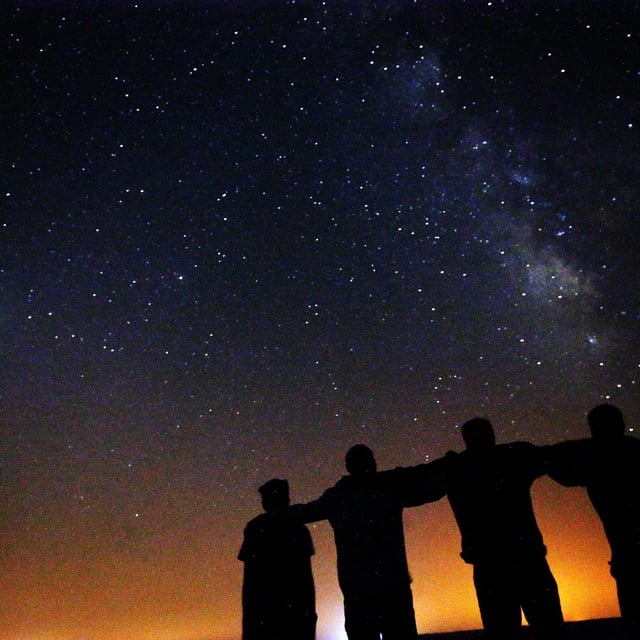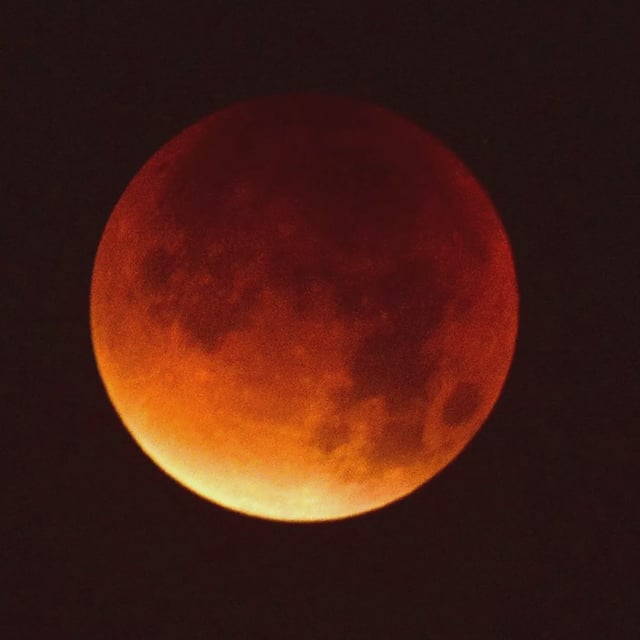Overview
- Full totality is forecast for much of Asia, western Australia and eastern Africa, with parts of Europe, including the UK, catching the event around moonrise and only western Alaska seeing a partial phase.
- Royal Museums Greenwich says the Moon rises in time for UK viewing, with a local peak at 7:33 p.m. BST, the eclipse’s true maximum at 7:11 p.m. below the horizon for some observers, and the event ending near 9:55 p.m.
- In India, outlets report the eclipse running the night of Sept. 7 from about 8:58 p.m. to 1:25 a.m. IST, with deep totality around 11:00 p.m.–12:22 a.m.
- NASA explains the red hue occurs as Earth’s atmosphere scatters blue light and bends red and orange wavelengths onto the Moon, with dust, smoke or volcanic aerosols influencing how dark or coppery it appears.
- Lunar eclipses are safe to view with the naked eye; experts recommend dark, unobstructed eastern horizons, and a separate new-moon “Black Moon” on Aug. 23 at about 2:06 a.m. EDT will bring darker skies for stargazing ahead of the eclipse.


